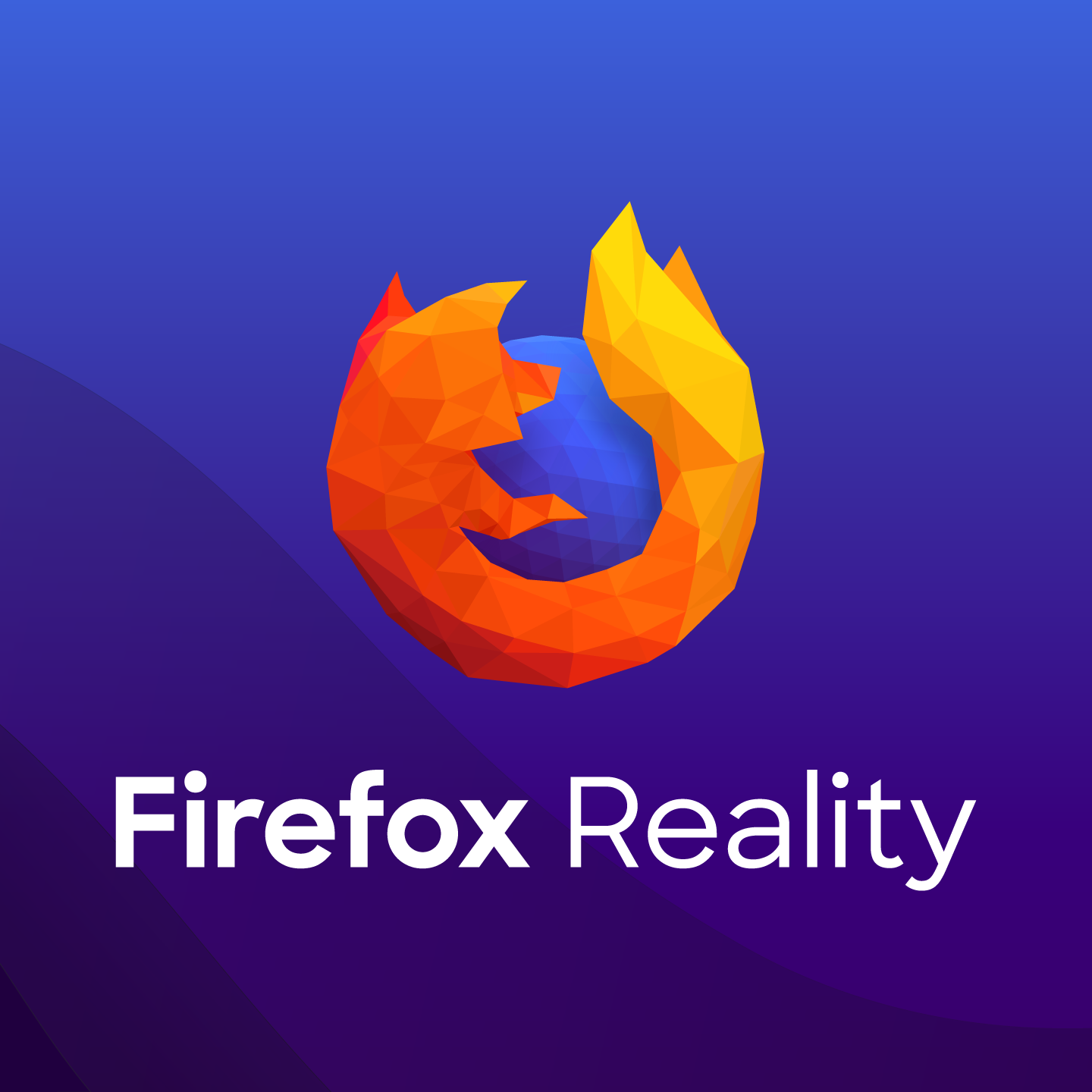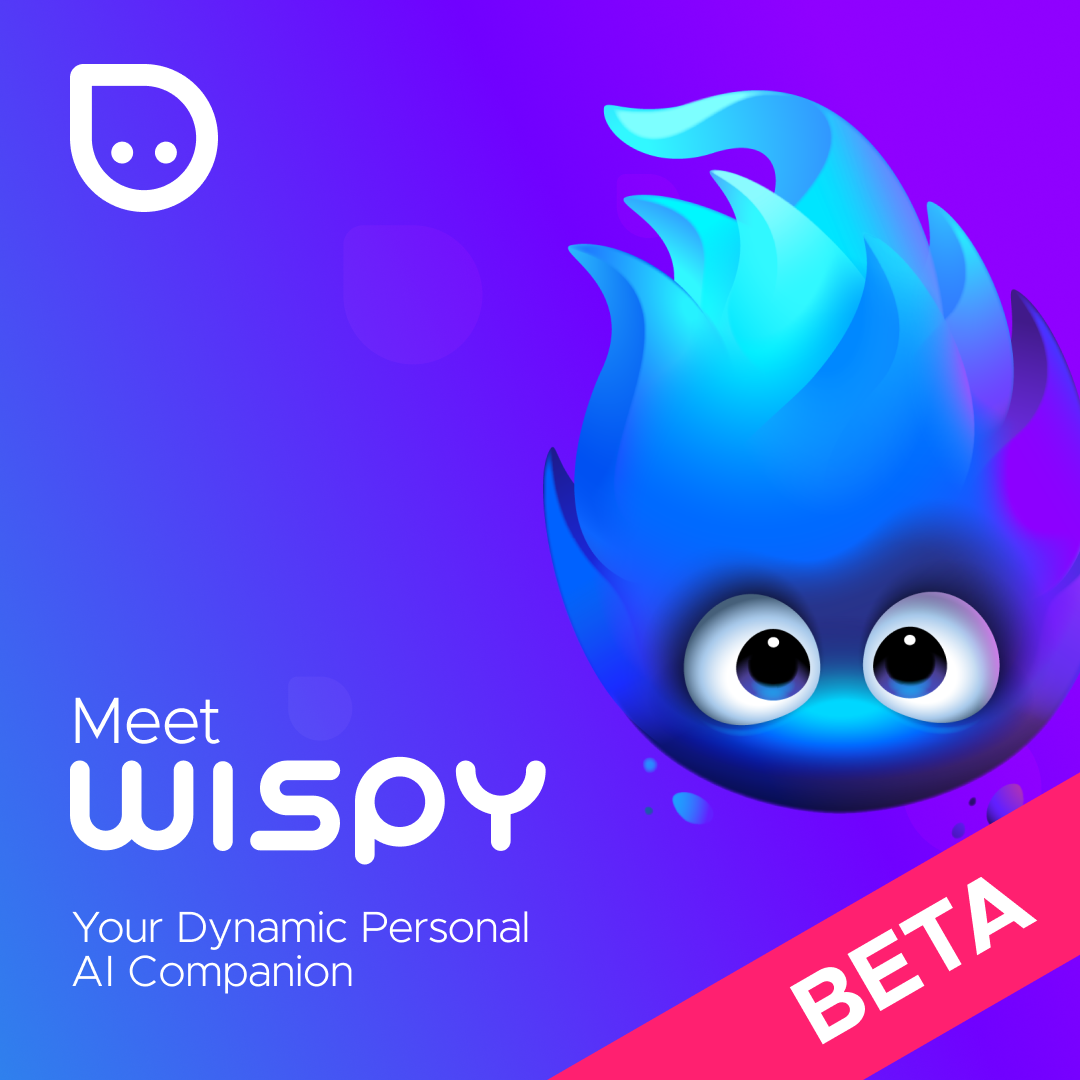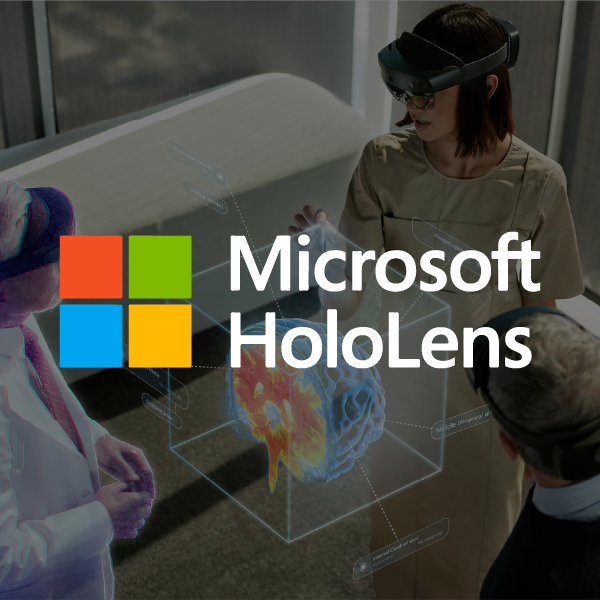Objective
Being a pivotal player in the VR and AR industry, Microsoft's mission was to update their legacy social VR platform, Altspace, and create a platform-agnostic mixed reality product, Microsoft Mesh, that would later be integrated into Microsoft's existing social products such as Teams and Xbox. My main projects in Mesh were:
+ Mesh Standalone Application
+ Mesh for Teams
+ Avatar Catalog
+ Avatar Catalog
Result
Since the public release of Mesh for Teams in FY24 Q1, the monthly active users of Teams has risen to 320 million. This is a 20 million user increase from pre-release in 2023. Mesh is a foundational stepping stone in the industry's quest for a truly capable mixed reality future.
This is the most visible consumer and enterprise software I've worked on to date, and I'm proud to say that my work played a pivotal role in the level of representation in the avatars catalog, as well as the UI in the Teams and Mesh products.
If you would like to read more about this project, please visit https://www.microsoft.com/en-us/mesh
This is the most visible consumer and enterprise software I've worked on to date, and I'm proud to say that my work played a pivotal role in the level of representation in the avatars catalog, as well as the UI in the Teams and Mesh products.
If you would like to read more about this project, please visit https://www.microsoft.com/en-us/mesh
Mesh for Teams Integration
I collaborated with the Teams organization to integrate Mesh Immersive features into the existing product. This proved to be a very integral lesson in cross-functional and cross-organizational team collaboration. There were many stakeholders in both groups which required a lot of communication and understanding of constraints on a legacy software such as Teams. Features I worked on include:
+ Immersive View
+ Immersive View
+ Avatar Reactions
Immersive View
The video above shows how to access Immersive View from 3 areas: Teams calendar, pre-meeting screen, and in-meeting menu. I designed these access points as a holistic view of how users are currently accessing Teams meetings. I also designed the access of Immersive View from the Mesh standalone app.
Challenges & Results
This required a lot of complex thinking. Mesh standalone app was a simple problem to solve, however integrating into an existing product like Teams that already had millions of users proved to be more difficult. The simplest of changes could give drastic results. We had to collaborate closely with the Teams extensibility team and work under their strict guidelines.
The result of this collaboration allowed the Immersive Spaces to be accessed in the drop-down menu of the View button on the Teams meeting UI.
Avatar Reactions
Avatar reactions was a new concept introduced as a feature highlighting the benefits of using Avatars in Teams meetings. Our art team developed a catalog of avatar-specific emotes and I lead the designs for integrating it into Teams: both avatar reactions and applying the current emoji reactions to the avatars.
Challenges & Results
The results of this project allowed us to use the existing Teams reactions menu to apply to avatar emotes, as well as add an additional menu of Avatar-specific emotes in the Teams app in accordance to their extensibility guidelines.
Mesh Avatar Catalog
Microsoft avatars were due for a complete overhaul of the style and architectural codebase. The original avatars were Altspace's "toon style" optimizing for low-end devices. I worked closely with the Mixed Reality Organization's internal art team to design and create the catalog of Avatar customization options. I was closely involved in multiple aspects of the content design such as: hair styles, facial features, and clothing options.
The previous version of avatars in the Mixed Reality Space used the "toon" Altspace avatars. This was not aligned with the vision of a mixed reality future with Mesh.
Avatar Hair Pattern Study
Through collaborating with the user research team, we concluded that the largest signifier of identity for people was their hair. Therefore diverse hairstyles was an absolute must in order to properly represent our millions of users. I did a deep dive study into various hairstyles and hair types. This project spanned multiple months of studies and consultations with our internal DEI collaborators to understand how hair plays an integral part of identity and race.
I worked closely with the concept, character, and technical art team to figure out styles and patterns that would work within the constraints of web-based mixed reality. It was a challenge to get the look and physics of hair working right!






